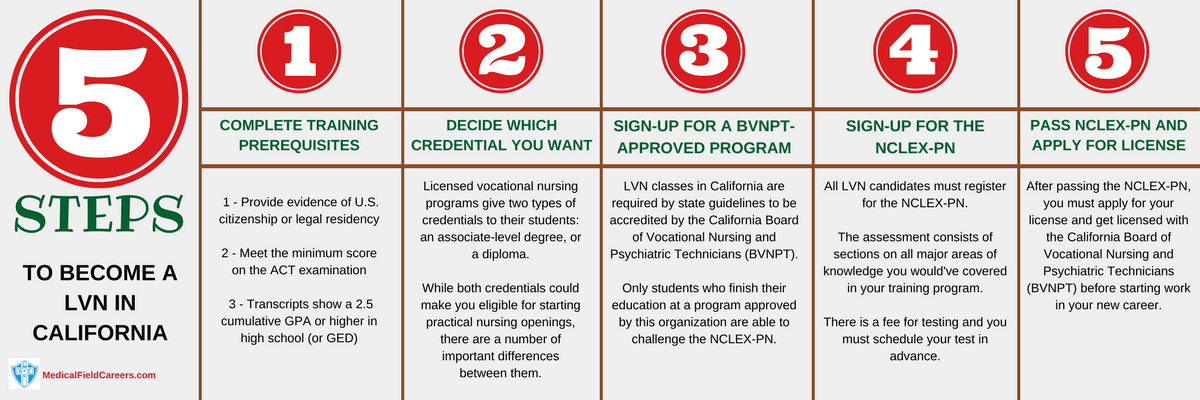
Seniors with limited independence might find assisted living an appealing option. A home-like atmosphere allows residents to continue their hobbies and other activities. Additionally, assisted living facilities offer residents many life enrichment opportunities. A number of factors should be taken into account when choosing an assisted living facility.
Assisted living is a viable living option
The decision of choosing an assisted living community is important. It isn't just about the price - many factors will play a role in the decision, including how much the facility costs, how convenient it is, and whether it's in a good location. Even though Medicare doesn't cover the costs of assisted living, it is usually covered by long-term health insurance. Medicaid, the federal/state insurance program for people with low incomes and assets may be able to cover the cost.
Assisted living is a good living option for seniors who are unable to live independently or who need assistance with certain daily tasks. Residents of assisted living communities can remain independent and socialize with others while receiving assistance in areas where they need it. One of my former clients needed help with cooking and was unable to cook healthy meals at home. She also missed being around people. Her new environment included a dining area with other residents, which helped her to maintain a sense of community and independence.

It allows seniors maintain their independence.
People who require assistance with daily living but want to remain independent can consider assisted living. It can help them keep their sense of identity and dignity, which will lead to a higher quality of life. This style of living offers seniors the opportunity to connect with others who have similar interests.
A monthly fee is usually charged for assisted living. This covers maintenance, security, housekeeping, and nursing observation. The monthly fee covers three meals per day as well as 24-hour staffing. Most assisted living facilities also offer one to two hours of personal care a day, which can include help with toileting, dressing, and bathing. Some facilities offer subsidised programs to help seniors pay the monthly costs.
It offers enrichment activities for your life
An assisted living community can offer residents a lot of life enrichment activities. These activities can enhance the quality of senior's lives by meeting their spiritual, physical, and social needs. These activities are person-centered and tailored to the needs of each resident. Art, music and gardening are just a few examples of activities that residents can take part in. You can also learn new skills.
Assistive living communities offer more to seniors than just classes and social events. An assisted living director can provide new activities and programs for residents, as well as connect them with people with similar interests. For example, a resident may enjoy dancing.

It is cheaper than nursing homes
A recent survey by American Health Care Association found that assisted living is more affordable than nursing homes. A semiprivate room in a senior home can cost as much as $89,000 per calendar year, while an assisted-living room costs $48,000 per calendar year. Medicare pays a portion of both costs.
It is important to remember that assisted living doesn't necessarily offer 24/7 nursing care. Home health aides can be expensive, and not all assisted living communities provide this level of care. Additionally, assisted living facilities often operate on a private-pay model so it can be difficult to estimate costs.